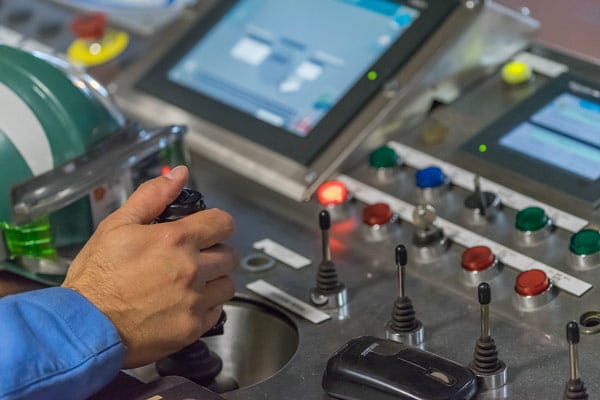Calculating the operating costs of industrial machinery helps companies optimize manufacturing processes that, in turn, can directly influence a company’s income and profit. The costs of operating a machine are dependent on the industry. However, several basic principles can be applied, no matter the industry, to help a company calculate its costs of operation for machinery and equipment used in manufacturing its products. Let’s take a look at what these principles are and how to calculate operating costs.
Machine vs. Production Costs

Explanation of Fixed and Variable Costs
The annual operating cost of industrial machinery is part of a broader equation affected by two distinct types of costs, fixed and variable. Where one cost is a certain amount, the other can fluctuate. Fixed costs remain the same even as production volume rises or falls. Variable costs do not. Such costs increase or drop with the volume of production.
An excellent example is when companies acquire industrial equipment, machinery is considered an investment, i.e., an asset, not a cost. However, its annual depreciation is specific and unaffected by the production volume. Therefore, it is a fixed cost. The cost of repairing that machinery yearly can vary directly to the production volume. Therefore, those costs are variable.
Calculating Hourly and Annual Costs
The cost of running a machine per hour factors into its yearly cost. The objective here is to arrive at a figure representing a reasonable estimate of the machine’s cost. Knowing the cost is as much about managing it as it is a primary method of absorbing factory expenses to that of production. The difference between calculating hourly and annual machine operation costs relates to the variable and fixed costs of operating it. As mentioned, fixed costs do not stop when the machinery does. The depreciation, insurance, and interest of investment are not linked to the production volume. They are yearly costs. However, the amount of lubricant used, routine maintenance or repairs, and energy consumption are linked to production. To calculate the annual operating cost of industrial machinery, multiply the annual hours of operation by the variable costs and add that figure to the annual fixed costs. That number is the cost of owning the machinery.
Unexpected Costs
Unexpected costs are unplanned or hidden costs that can lead to a setback or production delays that affect a company’s bottom line. Downtime due to a machine breaking down is an excellent example of an unexpected cost. Reliability of industrial machinery is a must. Another example is during machinery changeovers. More a hidden cost than unplanned; when the same machine is used to produce different parts or components, it may require a changeover, i.e., refitting the machine with different attachments to accommodate given production. Either of these unplanned or hidden operational costs is difficult to calculate. Keeping detailed records of unplanned downtime, predictive maintenance, and effective planning of changeovers can help offset and factor in unexpected costs.
However, all operational costs associated with industrial machinery can be mitigated and benefit from custom automation engineering. Industrial automation allows manufacturers to increase productivity through computerized technologies and applications that, among many benefits, will reduce the operational costs of machinery. Automation in an industrial manufacturing environment streamlines processes for greater efficiency and increased quality.
EAM Inc. is a leader in custom industrial automation solutions for various industries. Cost-effective and innovative, EAM-engineered automated machinery and support helps companies manage operating costs for industrial machinery to improve efficiency, reduce waste and increase profitability.
